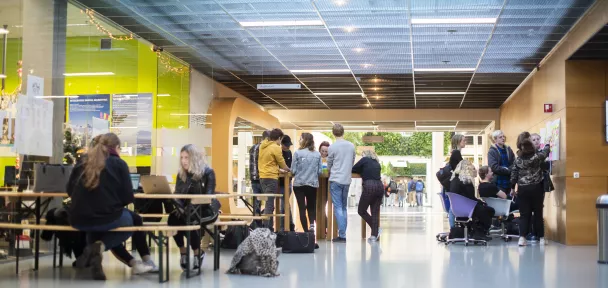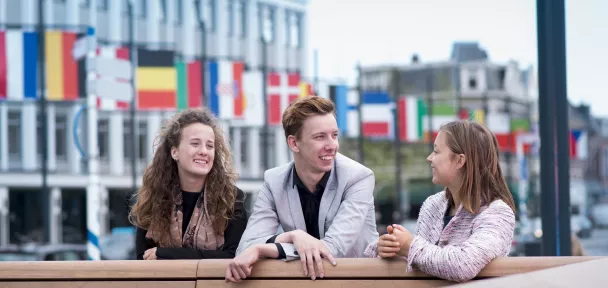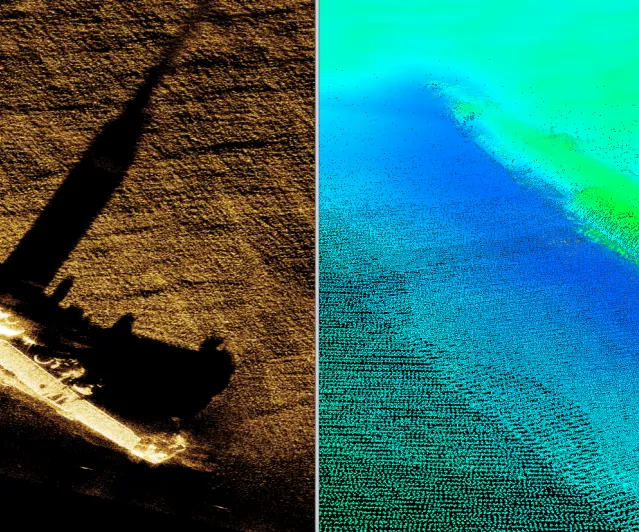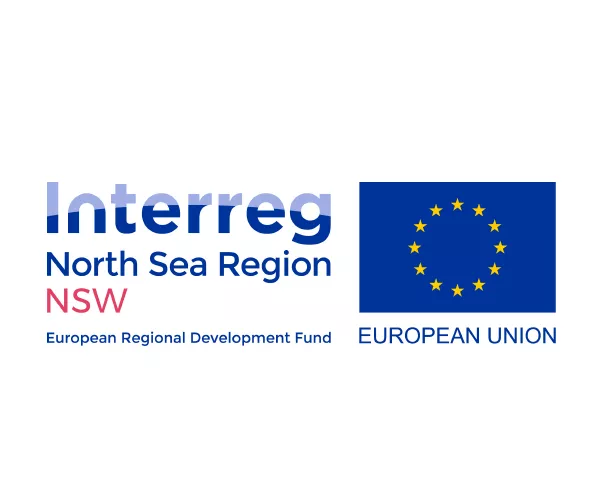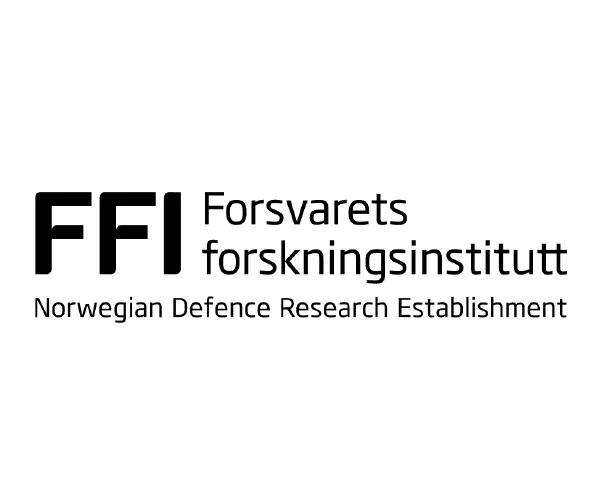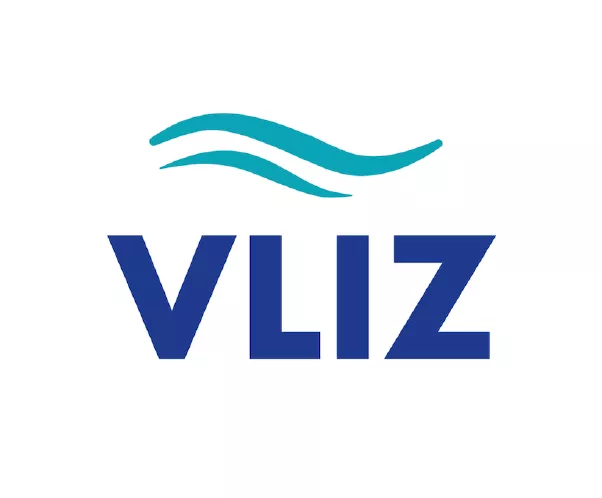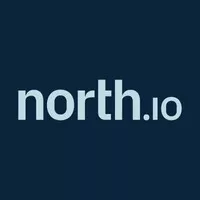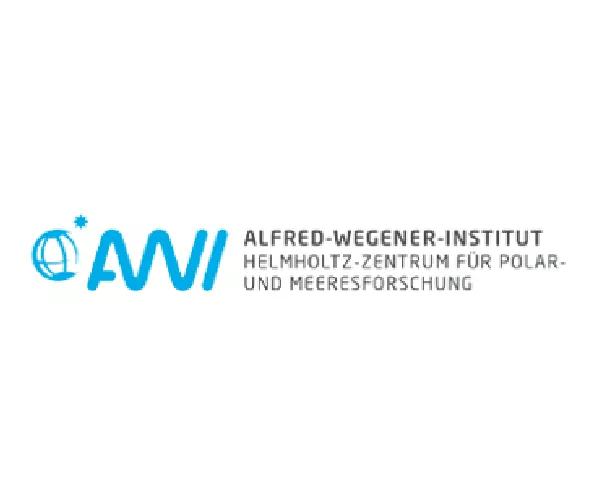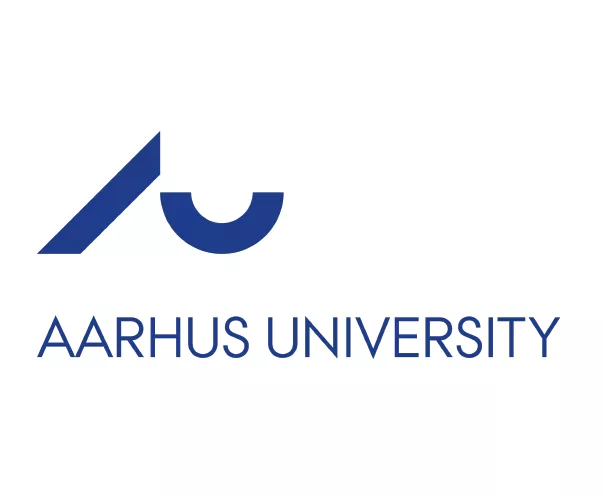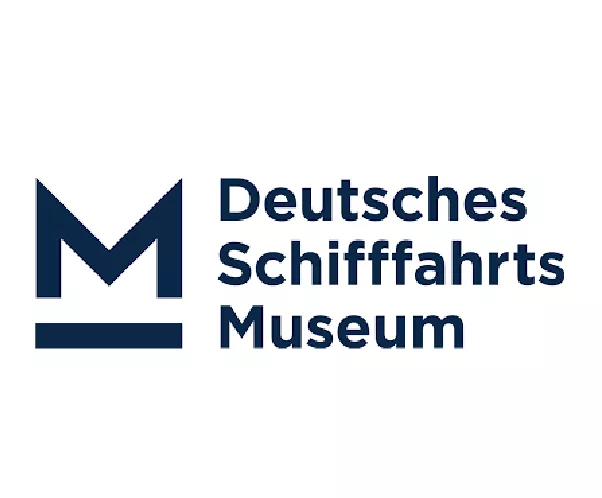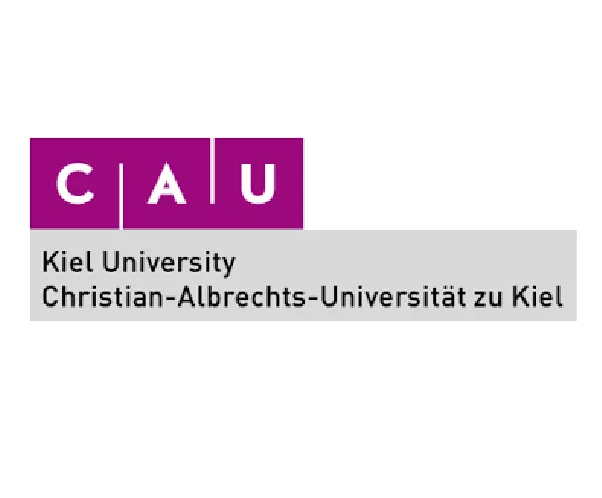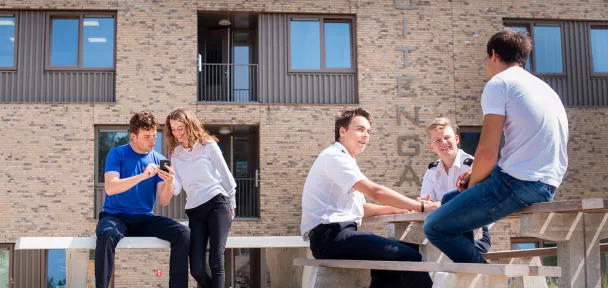
On the bottom of the North Sea are hundreds of ship and aircraft wrecks. The wrecks from the First and Second World Wars sometimes contain ammunition as well as fuel. The identity and cargo of many wrecks is unknown. As a result, we do not know enough about the risks to the environment. The North Sea Wrecks project uses new knowledge to investigate the condition and cargo of war wrecks on the North Sea seabed
What is the motivation for the project?
After the First and Second World Wars, hundreds of war wrecks and many tonnes of munitions were left on the bottom of the North Sea. Wrecks and munitions can pose a risk to shipping, the environment, fishing, offshore activities and coastal residents. The identity, condition and cargo of many wrecks is unknown. Lack of this information makes it difficult to assess the risks of these wrecks and apply appropriate risk management. There is a need for more information, intensified international cooperation around the North Sea and (international) policy on wreck risk management.
What problem is the project solving?
There are more than 1,000 war wrecks on the bottom of the North Sea. During the project, we examined 15 wrecks. We found that munitions are corroding and leaking toxic substances. We found significant traces of explosives in water, sediment and biota (fish and mussels). We have shown that the NSW methodology works, is scalable and can be used in other maritime areas. The NSW risk assessment tool helps prioritise wrecks with potentially hazardous content. The international organisation OSPAR has embraced the risk assessment method developed by the NSW project.
Who is the project team?
- Deutsches Schiffahrtsmusum (DSM)
- Alfred Wegner Institut (AWI)
- Universität Kiel
- North.io
- Vlaams Instituut voor de Zee (VLIZ)
- Aarhus University
- Norwegian Defence Research Establishment (FFI)
- NHL Stenden Hogeschool (Huibert-Jan Lekkerkerk en Welmoed v/d Velde)
- Periplus
How does the project team approach this?
After selecting a number of wrecks on the bottom of the North Sea, hydrographic data and samples are collected and analysed. Based on the outcome of these analyses, risk profiles of the selected wrecks are drawn up and a risk management method is developed. Proposals for additional regulations and policies will be made to the competent international organisation. The new knowledge and expertise developed in the project will be shared with (future) professionals during an international summerschool at MIWB on Terschelling, with the public during a touring exhibition and with the scientific community at a concluding symposium.
The sub-projects are:
- Data collection. Hydrographic survey data were collected at sea off the coast of Belgium, the Netherlands, Germany and Denmark to determine the location and condition of wrecks. At a number of wrecks off the coast of these countries, water and bottom samples were taken and mussels and passive samplers were placed. Historical data from archives of the German navy, among others, were collected to estimate the cargo (ammunition) and fuel remaining in selected wrecks
- Data analysis. Samples taken from the selected wrecks were subjected to toxicological analysis in a laboratory.
- Development of a risk management methodology.
- Preparation of policy recommendations and additional international regulations on wrecks and munitions.
- Organisation of an international Summerschool at the MIWB.
- Organisation of a Travelling Exhibition to raise public awareness of risks from wrecks and munitions.
- Organisation of a concluding symposium to share (scientific) results.
